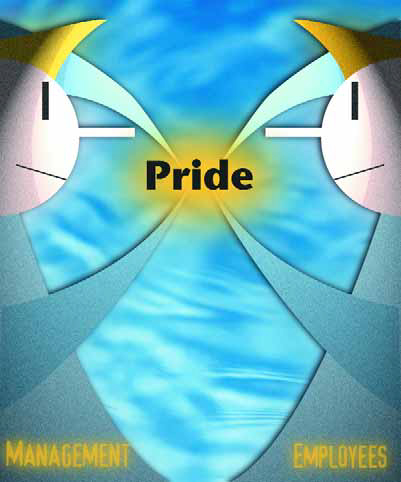values
For me, one of the highlights of the 20th Anniversary Celebration for Genesis was the place most of us stayed: The Allegretto Vineyard Resort is a spectacular facility created as an extension of the imagination of the property's owner, Douglas Ayres. The hotel embodies an eclectic blend of design concepts, from dashes of feng shui to dollops of talk-to-the-land spiritualism mixed in with
There’s truth to the notion that the only thing that’s permanent in human endeavors is change. For the past seven years, I’ve had the privilege of sharing with you scores of details, insights, opinions and descriptions of the watershaping process, always hoping that, through words and images, I might influence the way some of you approach your work. It’s been a pleasure throughout, but the time has come for me to change things up, step aside and let other
In my first WaterShapes column last month, I made the point that small jobs can and should be pursued with every bit as much creativity and energy as large ones. No matter the size of the job, my task as designer and installer is to make all of my clients happy by sharing with them the value, joy and comfort of which watershapes and landscapes are capable. Indeed, making that happen is my charge from initiation of the design process right through any changes and adjustments and all the way up to the final washing of the driveway and topdressing of any damaged sections of lawn. On any scale or level, what I've noticed is that the smallest projects are quite often
In my first WaterShapes column last month, I made the point that small jobs can and should be pursued with every bit as much creativity and energy as large ones. No matter the size of the job, my task as designer and installer is to make all of my clients happy by sharing with them the value, joy and comfort of which watershapes and landscapes are capable. Indeed, making that happen is my charge from initiation of the design process right through any changes and adjustments and all the way up to the final washing of the driveway and topdressing of any damaged sections of lawn. On any scale or level, what I've noticed is that the smallest projects are quite often
We may be well into our ninth year of publication, but I'm still amazed and often amused by the ways that some people choose to describe WaterShapes. I've heard some armchair critics, for instance, dismiss us "a pool magazine that covers ponds," "a pond magazine that covers pools" or "a fountain magazine with
We may be well into our ninth year of publication, but I'm still amazed and often amused by the ways that some people choose to describe WaterShapes. I've heard some armchair critics, for instance, dismiss us "a pool magazine that covers ponds," "a pond magazine that covers pools" or "a fountain magazine with
We live in a multi-dimensional world. Most people understand that space has three dimensions: height, width and depth. But relatively few people look at color in the same way - that is, as a three dimensional phenomenon. Understanding these three dimensions of color can become the key to unlocking your creativity as a designer. We began our study of color in LandShapes' May/June issue ("Designing in Color," click here), where we explored the scientific nature of color and its first dimension - hue, the name of a color (red, yellow, blue, orange, green or violet) - and learned that each hue has a temperature range (from warm to cool). We also learned that all six hues may be organized and better understood through the use of a helpful tool developed by color scientists called the color wheel. We will now continue our study of color by exploring the second and third dimensions of color and then by discussing contrast, analogous and complementary colors and color harmony. This will enable us to begin applying these fundamentals as landshapers and see in practical terms how understanding these fundamentals can help us become better
No doubt about it: More and more quality projects are being designed and built by the various segments of the watershaping trades these days. That pleases me for a number of reasons, not the least of which is that it tends to reinforce my observation and belief that great work is done mostly by people who take genuine pride in what they do. Indeed, I see such a consistent correlation between pride and quality that I've come to see the former characteristic as a prerequisite for performance at the highest level. That may seem an obvious point, but when you scratch the surface of the subject as it relates to the watershaping industry, it takes on



















Deficits of Trust